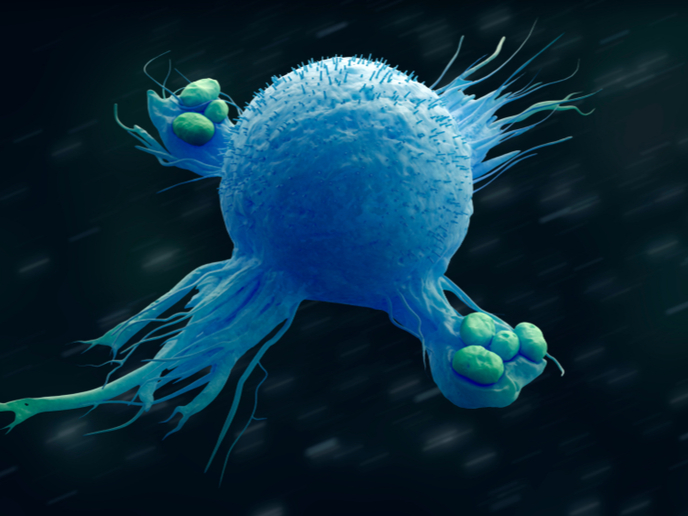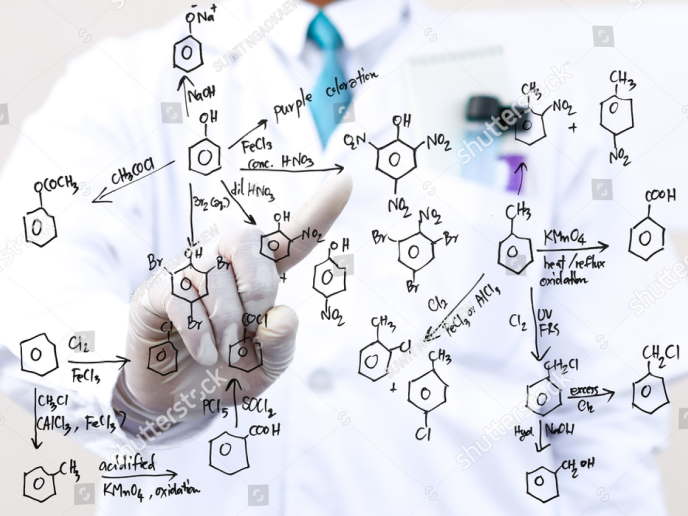Building functional chromosomes to characterise chromatin replication
If genetics is about the inheritance of DNA sequences, epigenetics is about how the expression of these sequences is inherited during cell division. These ‘expression patterns’ of genes help explain inherited traits. Key to epigenetics is chromosome replication which involves the accurate copying of DNA sequences, along with the duplication of all the factors which package the DNA and regulate its expression. Yet the precise molecular mechanisms underpinning these copying processes are still largely uncharacterised. Drawing on the team’s previous success in reconstituting eukaryotic DNA replication using yeast, the EU-supported CHROMOREP project further explored chromosome replication using purified proteins for the first time. “Our approach offers the tool, previously missing, to study epigenetics and learn more about how chromatin influences the initiation sites and timing of replication,” explains project coordinator John Diffley from the Francis Crick Institute, the project host.
Epigenetic inheritance
On a cellular level, one of the most important aspects of epigenetics is the inheritance of ‘gene expression states’. Two cells might have identical DNA sequences, but one, such as a blood cell, will express different genes to a skin cell. While many genetic expressions are dynamic, re-established in each cell cycle by transcription factors, some remain stable over many generations, a phenomenon known as ‘epigenetic inheritance’. In epigenetic inheritance, histone proteins, bound to DNA to form packages called nucleosomes, are disrupted during DNA replication. The histones, along with any chemical modifications, are then redeposited at the same position on the DNA molecules of the ‘daughter’ strands (chromatids) of DNA. These are created after the double helix is separated into two single strands and each strand copied. The resulting chromatids then re-establish gene expression patterns.
Revealing the precise mechanisms of chromosome replication
The CHROMOREP team expressed and purified all the proteins required for chromosome replication, on naked DNA, and reconstituted them using their chromatin templates. They were able to combine roughly 30 purified proteins to replicate chromatin. “The complete chromatin replication reactions are extraordinarily complex given the number of moving parts. Purifying and using 30 different proteins is very high-end biochemistry,” says Diffley. The complete replisome, along with a histone chaperone protein known as FACT, were found to be sufficient for the team to achieve chromosome replication. This was evidenced by the redepositing of the histones on the daughter chromatids. Replisomes are the molecular machinery responsible for DNA replication. Histone chaperones are proteins which bind to the histones providing a vehicle for the histones’ journey. “As histones are highly positively charged and DNA is highly negatively charged, their interactions need to be ‘chaperoned’ to ensure that they occur in the right place, at the right time,” Diffley adds. By further revealing the mechanisms of chromosome replication, the team anticipate being able to reconstitute genome-wide replication patterns and also to go beyond yeast systems and work with human proteins. “Our work helps explain epigenetic inheritance at a molecular level, complementing work done by others in entire living organisms. Crucially, by actually building functional chromosomes, we can understand how problems occur and lead to diseases, like cancer,” says Diffley.
Keywords
CHROMOREP, chromosome, gene, DNA, epigenetics, protein, cells, chromatid, replisome, histone, replication







